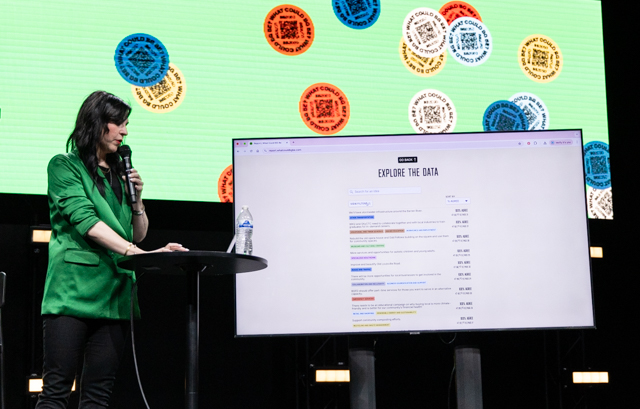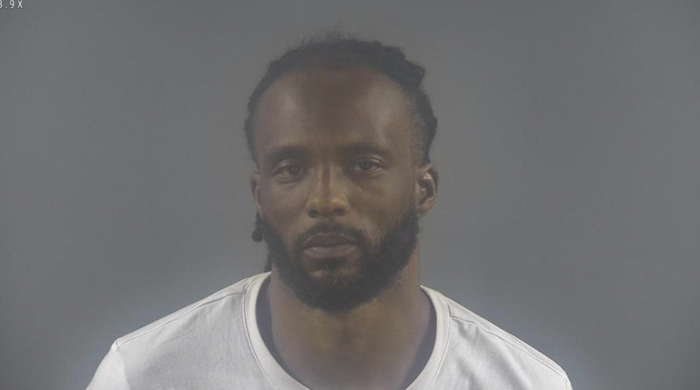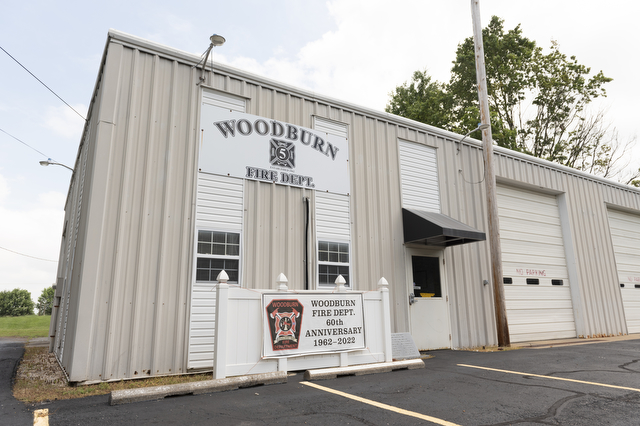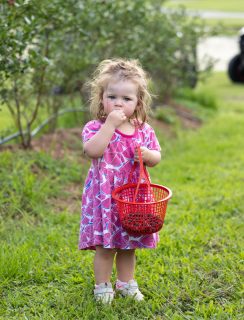What Could BG Be? Opinions abound
Published 6:00 am Sunday, April 20, 2025
When it comes to looking at the region’s future, there is no shortage of ideas.
Last week, the “What Could BG Be” initiative culminated with the public release of results.
More than 7,000 residents responded with statements about what they would like to see in the community over the next 25 years. Those statements produced more than 1 million agree or disagree votes.
The exercise aims to help community leaders chart the course for the future, with Warren County expected to have as many as 200,000 residents by 2050.
As leaders digest the results, Warren County Judge-Executive Doug Gorman said what has stood out is agreement on many priorities.
“It was gratifying to see a lot of consensus on some of the larger scale ideas. For instance the redevelopment and re-use of the riverfront had over 80% positive feedback,” he said. “This part of the project with over one million votes has been great to see unfold.“
The What Could BG Be website outlined top priorities from the community per several categories:
“Arts and Culture
The conversation in Bowling Green showed strong support for expanding arts and culture offerings, including new venues, festivals, and support for local artists. Statements also called for new museums and cultural centers focused on local history and other topics.
Infrastructure & Transportation
Statements emphasized improving roads and traffic flow, expanding pedestrian and bicycle infrastructure, and exploring options for enhanced public transportation, including potential rail service. The future of the Bowling Green airport and parking solutions were also discussed.
Economic Development
Statements prioritized diversifying the economy, supporting small businesses, revitalizing downtown, and expanding retail and tourism offerings. Workforce development, higher wages, and attracting and retaining talent were also key themes.
Community Identity
The conversation focused on balancing growth with preserving Bowling Green’s character, celebrating its history and cultural heritage, and fostering a more inclusive and collaborative community. Statements reflected on the city’s values, including Southern hospitality and diverse cultures.
Environment & Sustainability
Statements advocated for expanding green spaces, preserving natural areas, improving waste management, transitioning to renewable energy, and improving water quality.
Housing
Statements called for more diverse and affordable housing options, strategies to address affordability challenges, responsible development regulations, and solutions to homelessness. Housing for specific populations, such as students and seniors, was also discussed.
Education
The conversation focused on improving education at all levels, from K-12 curriculum enhancements and school choice to higher education’s role in economic development and expanding adult education opportunities. Statements also addressed vocational training and special education needs.
Public Safety & Services
The conversation covered improving recreational facilities, public transit safety, and regulations for various industries. Statements also addressed crime and policing, social services for the homeless, and enhancing fire and emergency medical services.
Food & Agriculture
Statements expressed a desire for a more diverse local food system, including expanded farmers’ markets, support for local farmers, more diverse restaurant options, and educational initiatives to promote food literacy.
Equity & Inclusion
The conversation centered on creating a welcoming and inclusive community, supporting immigrant and refugee integration, celebrating cultural diversity, promoting economic empowerment, improving accessibility, and addressing racial equity.
Healthcare
The conversation focused on expanding access to specialized healthcare services, improving facilities, emphasizing preventative care and wellness, and addressing substance abuse and addiction. Improving healthcare quality and affordability were also key themes.”
While there were many tongue-in-cheek offerings, there were many other that received broad approval.
Among the questions that revived all positive responses were:
•We’ll have stormwater infrastructure around the Barren River (52 agree, 0 disagree);
•WKU and SKyCTC need to collaborate together and with local industries to train graduates for in-demand careers (52 agree, 0 disagree);
•Improve and beautify Old Louisville Road (58 agree, 0 disagree);
•I hope the expansion of the Shake Rag district continues and our community supports those locally owned businesses (28 agree, 0 disagree);
•Affordable housing for young people so they have a chance to build a future for themselves like generations past (29 agree, 0 disagree).
To explore the results, see www.whatcouldbgbe.com.









